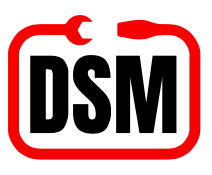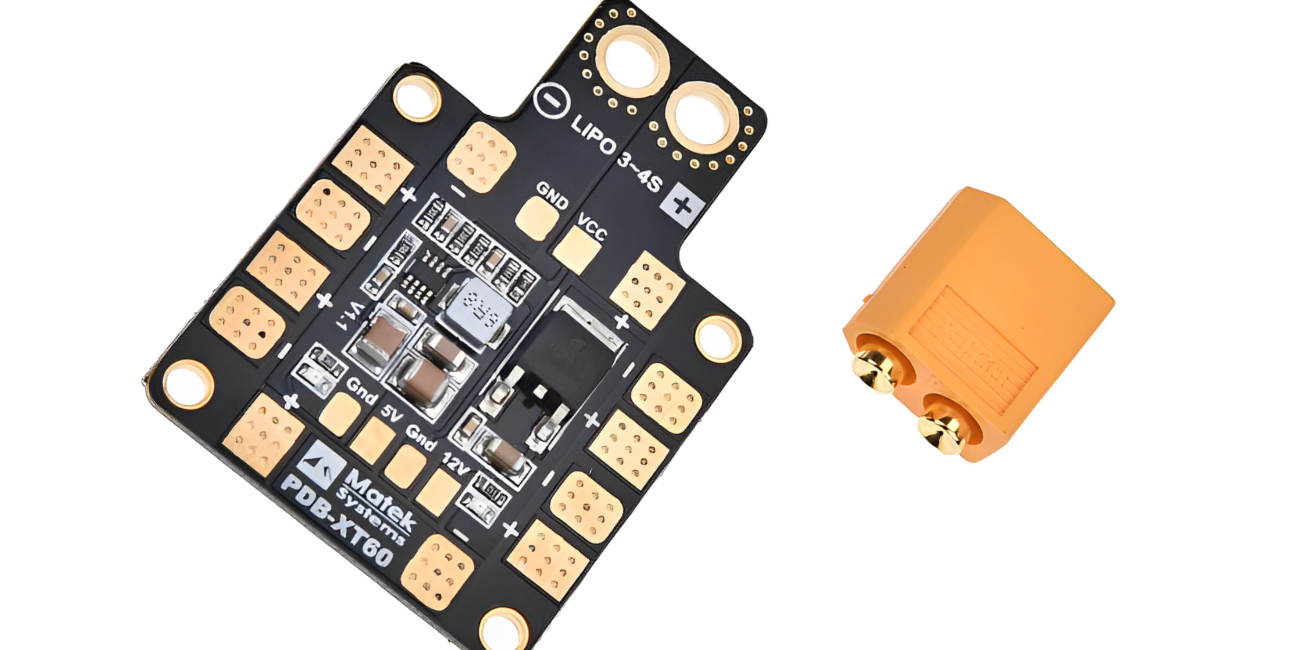Unleash Portable Power: Building a Custom Power Distribution Board with XT60 Connectors
In the world of electronics, robotics, and remote projects, reliable power distribution is crucial. Whether you're building a drone, a portable workstation, or a complex embedded system, having a centralized and efficient power hub can make all the difference. Today, we'll delve into the creation of a custom power distribution board with XT60 connectors, a robust and versatile solution for your power needs.
Why Choose XT60 Connectors?
Before we dive into the build, let's understand why XT60 connectors are a popular choice. These connectors are designed for high-current applications, offering a secure and reliable connection with minimal resistance. Their key advantages include:
- High Current Handling: XT60 connectors can handle significant current loads, making them ideal for devices with high power consumption.
- Secure Connection: The keyed design prevents accidental polarity reversal, ensuring safe operation.
- Low Resistance: Their robust construction minimizes voltage drop, maximizing efficiency.
- Ease of Use: They're relatively easy to solder and connect, simplifying the assembly process.
Building Your Custom Power Distribution Board
Now, let's get into the step-by-step process of building your own power distribution board.
1. Planning and Design:
- Determine Your Power Requirements: Calculate the total current draw of all your devices. This will help you select the appropriate wire gauge and fuse ratings.
- Layout and Schematic: Sketch a layout of your board, indicating the placement of XT60 connectors, fuses, and any other components. Create a schematic diagram to visualize the electrical connections.
- Component Selection:
- XT60 Connectors: Choose genuine XT60 connectors for optimal performance and safety.
- Fuses: Select fuses with appropriate current ratings to protect your devices from overcurrent.
- PCB (Printed Circuit Board) or Perf board: Choose a PCB for a professional finish or a perf board for a more flexible and DIY approach.
- Wiring: Use high-quality, appropriately rated wire for your connections.
- Voltage regulator(s): If various voltages are required, select the correct voltage regulators.
2. Assembly:
- Mount the Connectors: Securely mount the XT60 connectors onto your PCB or perfboard.
- Install Fuses: If using inline fuses or fuse holders, install them according to your schematic.
- Wiring: Carefully solder the wires according to your schematic, ensuring secure and clean connections. Pay close attention to polarity.
- Testing: Before connecting any devices, thoroughly test your board with a multimeter to ensure proper voltage and continuity.
3. Enclosure (Optional):
- For added protection and a professional look, consider enclosing your power distribution board in a suitable enclosure.
Applications:
A custom power distribution board with XT60 connectors can be used in a wide range of applications, including:
- Drones and RC Vehicles: Distribute power to motors, flight controllers, and other components.
- Portable Workstations: Power laptops, monitors, and other peripherals in remote locations.
- Robotics Projects: Provide a centralized power hub for motors, sensors, and controllers.
- Embedded Systems: Power various components of your embedded projects.
- Camping and Outdoor Activities: Powering lights, charging devices, and running small appliances.
Benefits of a Custom Board:
- Tailored to Your Needs: Design a board that perfectly matches your specific power requirements.
- Improved Efficiency: Minimize voltage drop and maximize power transfer.
- Enhanced Safety: Incorporate fuses and other safety features.
- Professional Appearance: Create a clean and organized power solution.
By building your own power distribution board with XT60 connectors, you can create a reliable and efficient power solution for your projects. Remember to prioritize safety and double-check your connections before powering up your devices. With careful planning and execution, you can unleash the full potential of your portable power needs.

